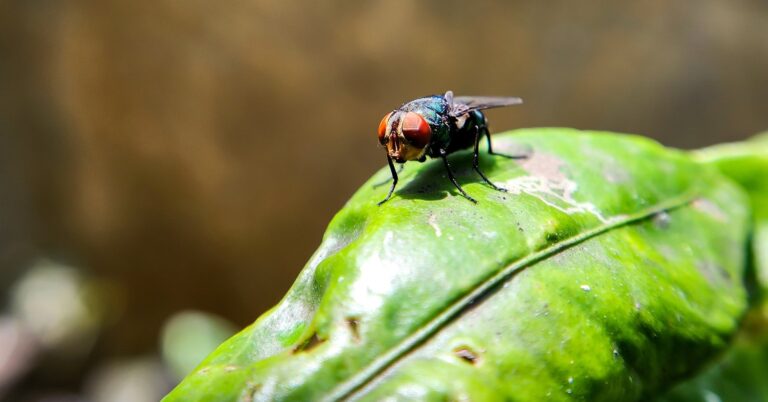The U.S. Department of Agriculture has opened a new sterile fly dispersal facility in Tampico, Mexico, giving the agency a strategically placed hub to release sterile New World screw worm flies by air across northeastern Mexico, including Nuevo León.
“The opening of the Tampico sterile fly dispersal facility is another incredibly important tool in our arsenal to stop the spread of screwworm. The facility will ensure flexibility and responsiveness in northern Mexico, giving us a greater ability to drop sterile flies and continue to push the pest south,” said U.S. Secretary of Agriculture Brooke L. Rollins. “Stopping the spread of screwworm is a top priority for the entire Trump Administration. Last week I had a productive meeting with Mexican President Claudia Sheinbaum and my counterpart Secretary Julio Berdegue on the joint response to screwworm. We are boosting our efforts and completing a joint review of our screwworm operations in Mexico to ensure our protocols are being followed. As we enter the winter months, we continue to prioritize the response in Mexico and the rest of our five-pronged plan to protect U.S. livestock and the livelihoods of American farmers and ranchers.”
Producers know the sterile-insect technique is at the heart of screwworm control, and the USDA relies on two main ways of getting those flies on the landscape: aerial dispersal and ground release chambers. Aerial drops offer the best reach and coverage, especially where rugged terrain or remote areas make ground access difficult. Ground release chambers fill the gap when sterile insects need to be deployed quickly outside typical flight routes.
Right now, the USDA releases about 100 million sterile flies each week in Mexico. Up to this point, planes could only cover the southern part of the country, leaving northern states to rely heavily on ground-based releases. With the Tampico facility up and running, the USDA said it gains faster, more flexible access to the regions closest to the U.S. border.
Mexico continues to report new NWS cases, but most remain clustered in the far south with no meaningful spread north in recent months. If that situation changes, the USDA will have the ability to respond rapidly from Tampico.
Two detections last fall — roughly 70 miles and 170 miles south of the U.S. border—were found in young cattle transported from Chiapas to Nuevo León. Both cases were quickly contained and are no longer active, and traps in the region haven’t found any new screwworm flies. The USDA will keep releasing sterile insects there, now shifting from ground chambers to aerial drops.
The sterile flies themselves are produced at the COPEG facility in Panama. The USDA is also putting $21 million toward Mexico’s plan to renovate an existing fruit fly facility in Metapa, which will eventually double NWS production capacity. With support from APHIS experts, Mexico expects the expanded production line to be operating by summer 2026.
On the U.S. side, USDA is building out additional infrastructure as well. Construction is underway on an aerial dispersal facility at Moore Air Base in Edinburg, Texas, set to begin operations in early 2026. APHIS is also fast-tracking design and construction for a sterile fly production facility in southern Texas, targeting a capacity of up to 300 million flies per week.
USDA continues working closely with Mexico’s agriculture authority, SENASICA, as both countries follow the joint NWS Action Plan, coordinating trapping, surveillance, and animal-movement measures to keep screwworm from gaining ground toward the U.S.


:max_bytes(150000):strip_icc()/54778662706_5ab262825b_o-68d3addad1aa4d36911c1d80274538a9.jpg)
:max_bytes(150000):strip_icc()/Lee-Lubbers-washing-equipment-in-the-farm-yard-IMG_2130-333a5a401e3048a8bcb1727d316d6ee0.jpg)
:max_bytes(150000):strip_icc()/8293232288_8da55cc72e_o-b324a9331b0a48b487dd867154d53c50.jpg)



:max_bytes(150000):strip_icc()/Photo1-c808ce3b5824430aa78bad497365a3a5.jpg)
:max_bytes(150000):strip_icc()/100126367_farm_grain_bin_silo-793640a5a77244ed8dc923ffaa2d5811.jpg)
